Session 1: High Energy and Particle Physics
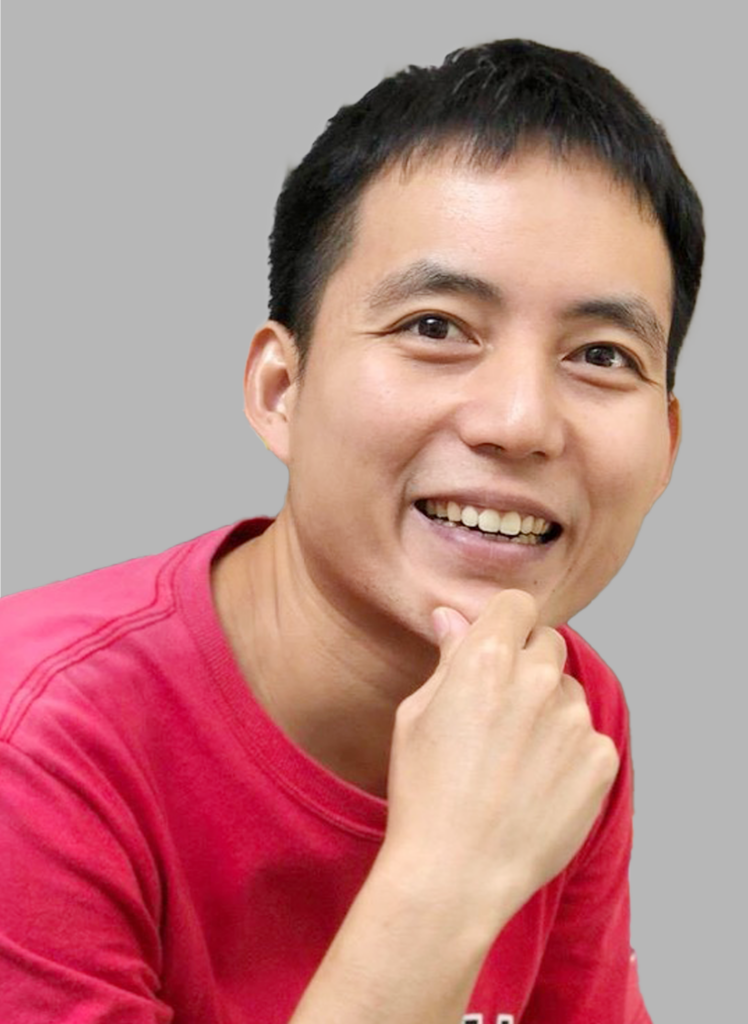
Assoc. Prof. Patipan Uttayarat
Srinakharinwirot University, Thailand
Title: On the same origin of neutrino mass and lepton flavor violation
The observation of neutrino oscillation shows that neutral lepton flavor is not conserved. It also dictates that neutrinos are massive, a smoking gun evidence for physics beyond the Standard Model (BSM). On the other hand, charged lepton flavor violation is strictly forbidden in the Standard Model. An observation of such a process would also be clear evidence of BSM physics. In principle, neutrino oscillation and charged lepton flavor violation are not necessarily related. However, in many well motivated scenarios of neutrino mass generation, the origins of neutrino oscillation and charged lepton flavor violation are connected. In this talk I will discuss the interplay between neutrino mass generation and charged lepton flavor violation. Emphasis will be placed on how low energy precision measurements of charged lepton flavor violation can help confirm or falsify a neutrino mass model. I will also discuss the potential of planned future experiments, both on neutrino properties and on charged lepton flavor violation, on narrowing down the correct model of neutrino mass. Finally, I will discuss some recent theoretical developments both in the neutrino model building and in the calculation of charged lepton flavor violation processes.
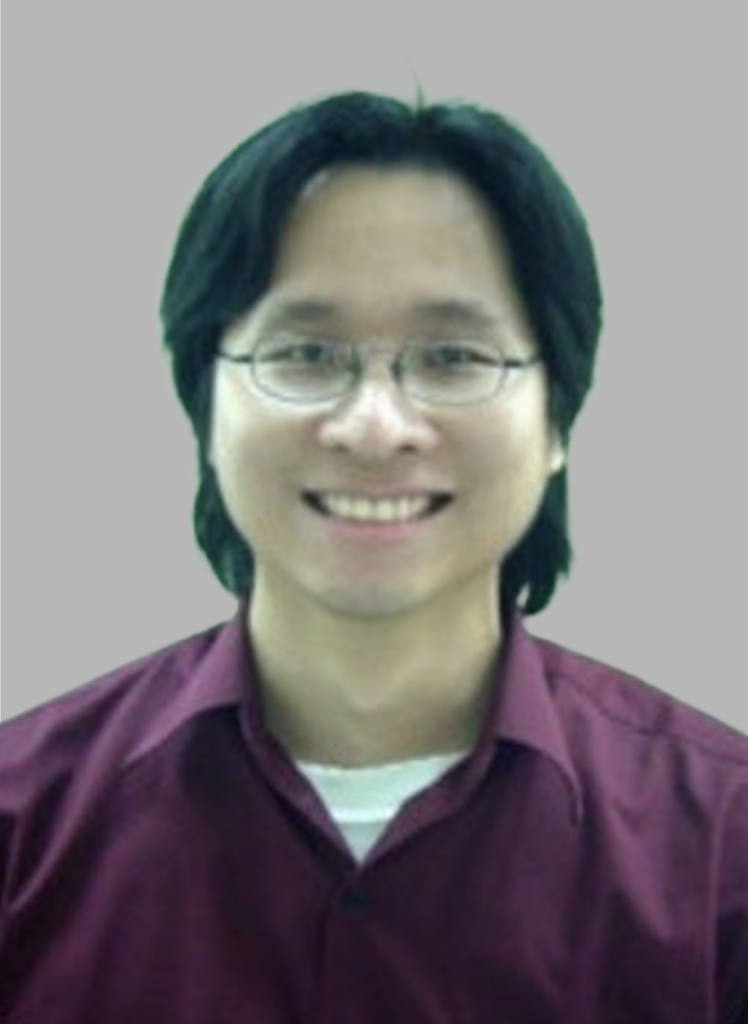
Assoc. Prof. Piyabut Burikham
Chulalongkorn University, Thailand
Title: Exact quasiresonance modes of scalar in Dyonic Kerr-Sen spacetime, Closed Timelike Curves, and Chronology Protection Conjecture
By exactly solving equation of motion of scalar field in the Dyonic Kerr–Sen (DKS) spacetime for non–extremal background, we demonstrate that any quasiresonance (QS) modes that satisfy quasinormal modes (QNMs) boundary condition in the spacetime region where closed timelike curve (CTC) exists are exponentially growing in time. The growing QMNs will deform the spacetime and destroy the region with CTCs. This proves validity of Chronology Protection Conjecture (CPC) proposed by Hawking. We extend the analysis to extremal DKS spacetime and found that CPC is also valid. Few comments are devoted to new axionic/dyonic mass scale and ellipsoid singularities found in the DKS black hole.
Session 2: Astronomy, Astrophysics, and Cosmology
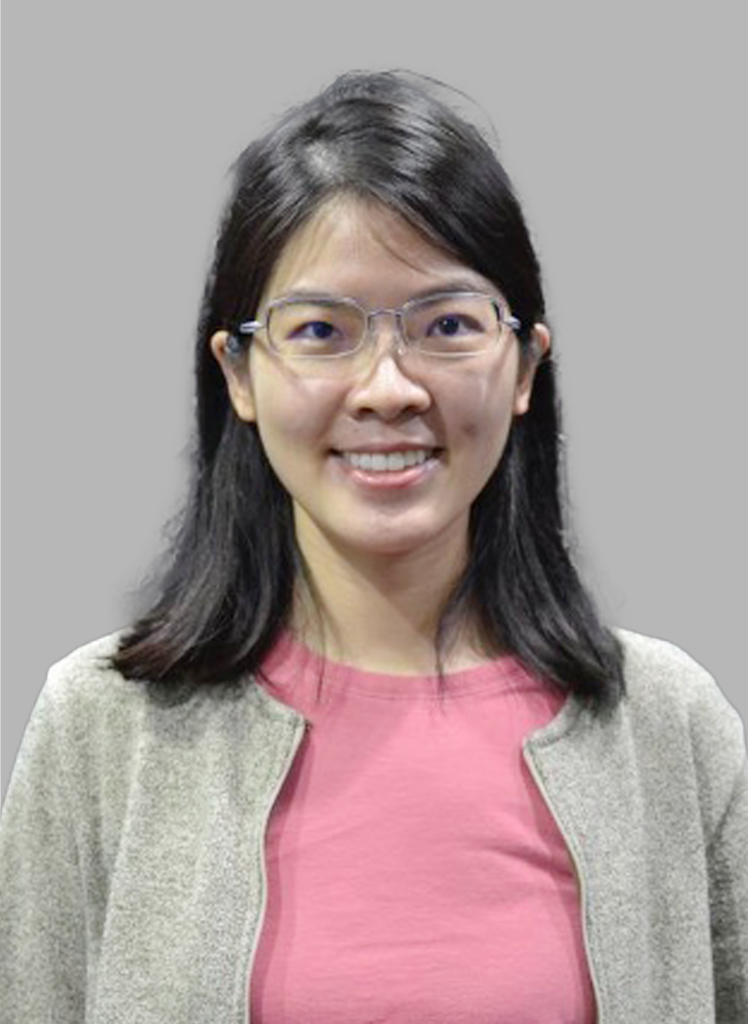
Dr. Nicha Leethochawalit
National Astronomical Research Institute of Thailand, NARIT
Title: Unveiling Galaxy Evolution: From Reionization to Quiescence with JWST
The James Webb Space Telescope (JWST) has revolutionized our understanding of galaxy evolution. Beginning with the epoch of reionization, JWST has provided unprecedented insights into galaxy formation at redshifts greater than 9 (z > 9). While initial hints from the Hubble Space Telescope (HST) suggested a higher-than-expected number of bright galaxies in this era, JWST has delivered more and more evidence supporting these observations. I will explore potential interpretations for this phenomenon, including higher star formation efficiency and more rapid supermassive black hole accretion. Moving forward in cosmic time to the “cosmic noon” era (z ~ 2-3), where galaxies are most active in star formation, JWST has also revealed an unexpected abundance of quiescent galaxies. These findings challenge previous models of galaxy evolution and offer new perspectives on how and why galaxies shut down star formation earlier than expected. In this talk, I will discuss their broader implications from the chemical composition analysis from JWST/NIRISS data.
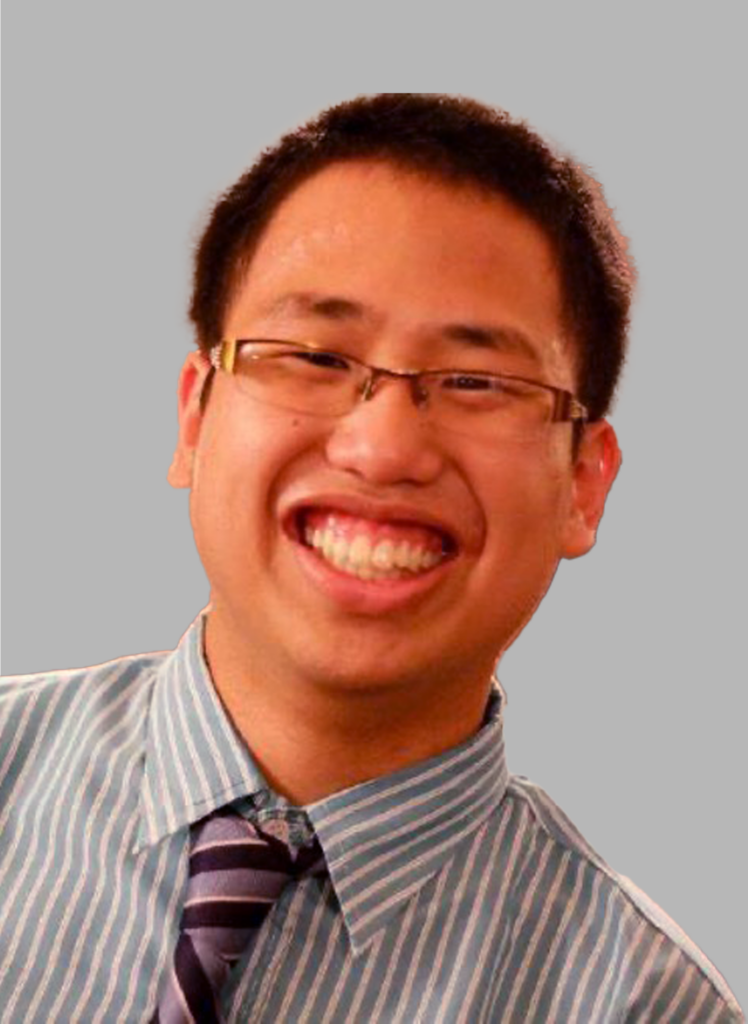
Dr. Taweewat Somboonpanyakul
Chulalongkorn University, Thailand
Title: SPT-CL J0417-4748: A Case of a Relaxed Galaxy Cluster Lacking Central Star
Galaxy clusters are the largest gravitationally bound structures in the universe, thought to grow through hierarchical merging, where smaller groups and clusters combine into larger systems. However, some clusters, known as “relaxed galaxy clusters,” show no signs of recent mergers, maintaining a round and symmetrical morphology, and often exhibit cooling and star formation in their central galaxies. In this talk, I will present SPT-CL J0417-4748 (z = 0.58), a relaxed cool-core cluster notable for having the second-highest cooling luminosity, surpassed only by the Phoenix cluster. Despite expectations of star formation in its central galaxy, near-IR photometry and optical spectra reveal little to no such activity. New 80 ks Chandra X-ray observations show that the cluster’s core is less dense and warmer than typical relaxed clusters. The high spatial resolution of Chandra also reveals hints of sloshing motion in the central hot gas, which could be responsible for quenching star formation and heating the gas. By studying SPT-CL J0417-4748 in detail, we deepen our understanding of galaxy formation, particularly in giant elliptical galaxies, star formation in cluster cores, and the complex balance between cooling and feedback mechanisms.
Session 3: Condensed Matter Physics

Assoc. Prof. Chatchawal Wongchoosuk
Kasetsart University, Thailand
Title: Quantum Dots-Based Sensors: Applications in Condensed Matter Physics
Quantum dots (QDs) have gained considerable attention following the 2023 Nobel Prize in Chemistry awarded to Moungi G. Bawendi, Louis E. Brus, and Alexei I. Ekimov for their groundbreaking work in the discovery and synthesis of these unique nanomaterials. Quantum dots, defined as nanoparticles with diameters under 10 nm, exhibit size-dependent properties that enable a wide range of innovative applications across various sectors, including quantum technology, sensing, medical diagnostics, energy production, photovoltaics, and consumer electronics. In this presentation, I will focus on the latest advancements in quantum dot technology, specifically regarding their applications in sensing gases, chemicals, and volatile organic compounds (VOCs) for food safety, agricultural monitoring, and environmental detection. I will also explore the design and theoretical insights into quantum dot behavior, including self-consistent charge density functional tight-binding (SCC-DFTB) models with dispersion interactions. Both top-down and bottom-up synthesis methods for quantum dots will be discussed. Additionally, I will highlight the practical uses of these synthesized quantum dots, emphasizing their potential in flexible humidity sensors, ammonia and methanol detection, and their capability to detect pesticide residues. This presentation aims to demonstrate the promising role of quantum dots in transforming sensor technologies and their future potential to revolutionize environmental and agricultural monitoring systems.
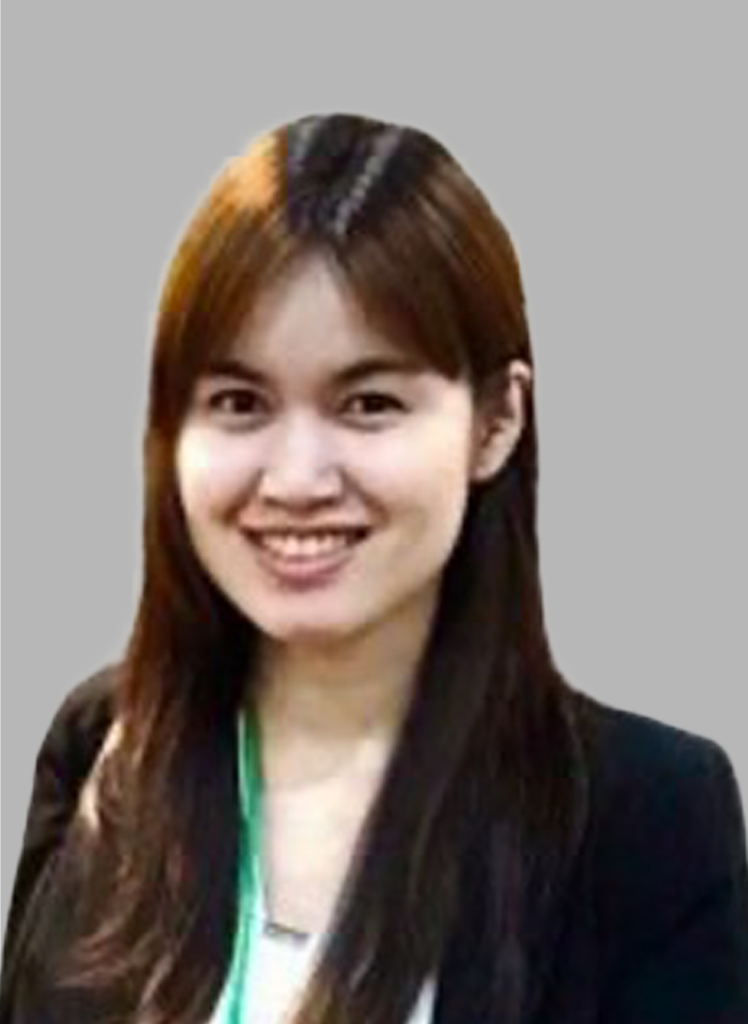
Assist. Prof. Sasiporn Prasertpalichat
Naresuan University, Thailand
Title: Enhancing Hardening Effects in Lead–Free Piezoceramics for High–Power Applications: Utilization of Point Defects
Piezoelectric materials are essential components in high-power applications such as ultrasonic motors, transducers, and welders, supporting various industries ranging from automotive to medical. However, these applications often suffer internal power dissipation, leading to heat generation and performance degradation. To address this, “hard” piezoelectric ceramics with low mechanical loss (high mechanical quality factor: Qm) and low dielectric loss are preferred. While hard lead-based materials like PZT4 and PZT8 have long dominated the market, concerns over lead toxicity have prompted the search for environmentally friendly alternatives. Among them, lead-free Bi0.5Na0.5TiO3-BaTiO3 (BNT-BT) has emerged as a promising candidate. Nevertheless, the effects of acceptor doping—a key hardening strategy used in PZT—are still not fully understood. This talk introduces the fundamentals of piezoelectricity and key parameters relevant to high-power application. It then provides an overview of hardening mechanisms, with a focus on the role of point defects and defect chemistry. The presentation also demonstrates our comparative study of A-site (Li) and B-site (Fe) acceptor doping in 0.93(Bi0.5Na0.5)TiO₃–0.07BaTiO3 (BNBT) ceramics. Experimental investigations, including structural, microstructural, dielectric, ferroelectric, electrical conductivity, and piezoelectric characterizations, were conducted to explain the distinct hardening effects observed between with A- and B-site doping. Additionally, selected results on the small-signal and high-power piezoelectric properties of BNBT–xLi and BNBT–xFe will be presented, offering further insight into the impact of acceptor doping on high-power performance of lead-free BNT-BT ceramics. This understanding will support more reliable modifications and practical applications of BNT-based systems.
Session 4: Computational Materials Science and Condense Matter, Modeling and Simulations, Data-driven Material Modeling, Artificial Intelligence
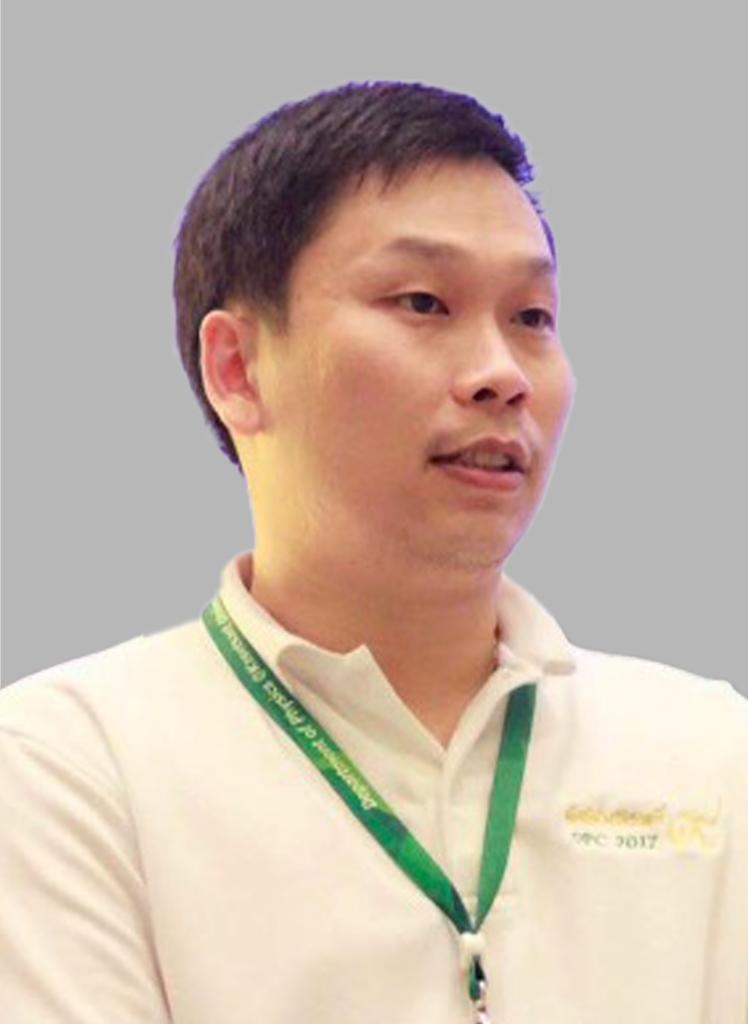
Assoc. Prof. Jirasak Wong-ekkabut
Kasetsart University, Thailand
Title: The MARTINI Model of Nanocomposite in Natural Rubber
Natural rubber (NR), mainly consisting of cis-1,4polyisoprene (cis-PI) with high elasticity, is acknowledged to be virtually irreplaceable in applications. Here, a coarse-grained (CG) model based on the MARTINI force field has been developed and deployed for simulations of cis-1,4-polyisoprene (cis-PI). Our model shows qualitative and quantitative good agreement with the experiments and atomistic simulations. Especially, the glass transition temperature (Tg) of the cis-PI in the melts is only 0.5% different from a the experimental result. In addition, the mechanical and thermodynamical properties of the cis-PI- nanocomposites were investigated. This model will be helpful in the investigations and design of effective fillers in composites for improving their properties.
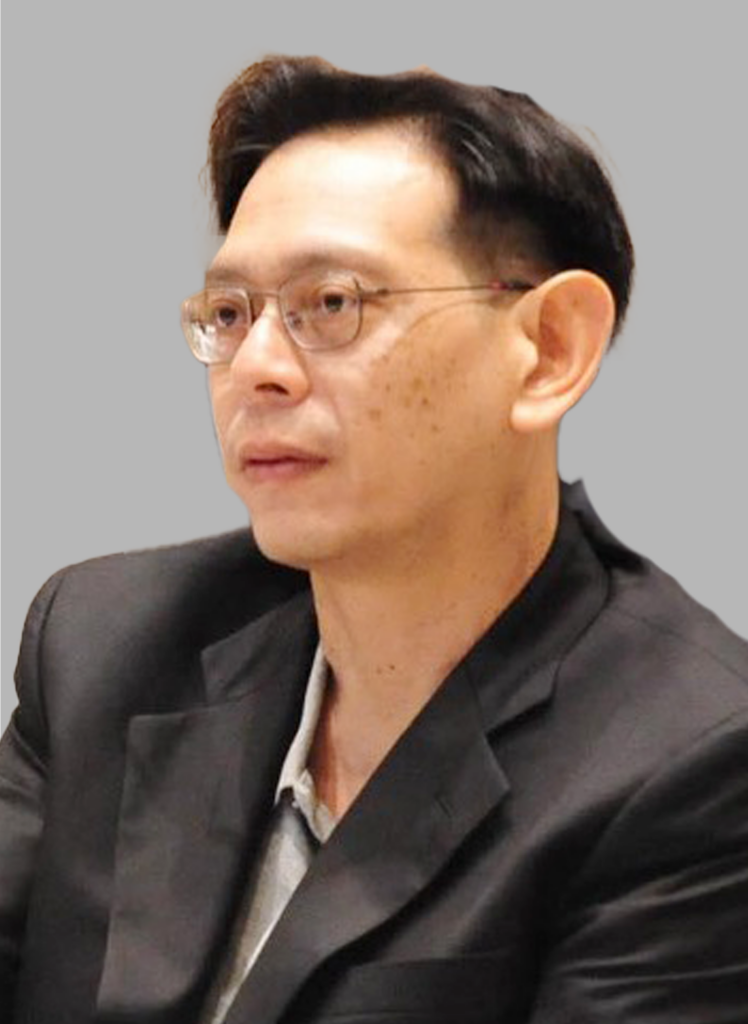
Assoc.Prof. Udomsilp Pinsook
Chulalongkorn University, Thailand
Title: Physics of Metal Chalcogenide Monolayers and Relative Compounds
In this talk, I will present the rich physics of a special class of materials, i.e. metal dichalcogenide monolayers. The prototypes of this class are MoS2 and WS2. In bulk, they can be an indirect bandgap semiconductor, but in monolayers, they can become a direct bandgap semiconductor. Furthermore, by mixing the Mo and W compositions, the values of the bandgap can be adjustable [1]. This finding opens large amount of possibility for applications. Recently, by using advanced synthesis methods, some relative compounds, such as MoSSe and MoSH, can be synthesized from MoS2. The derived compounds are the so-called Janus monolayers, due to their out-of-plane symmetry breaking. These compounds form a subclass of metal chalcogenide monolayers, and contain richness in physics, such as superconductivity[2], ferromagnetism, half metallicity [3] and charge density wave. In some compounds, they exist a metal to semiconductor, or a metal to superconductor phase transition. Some compounds exhibit competition between ferromagnetism and superconductivity [4] or superconductivity and charge density wave. Some of these properties can be detected by experiments, and some can be predicted by theories. This class of materials can open a new era of material engineering where experiments and theories can be interplayed, and desired physics properties can be designed.
Session 5: Nuclear Physics, Acceleration Physics, Synchrotron Radiation, and Advanced Characterization
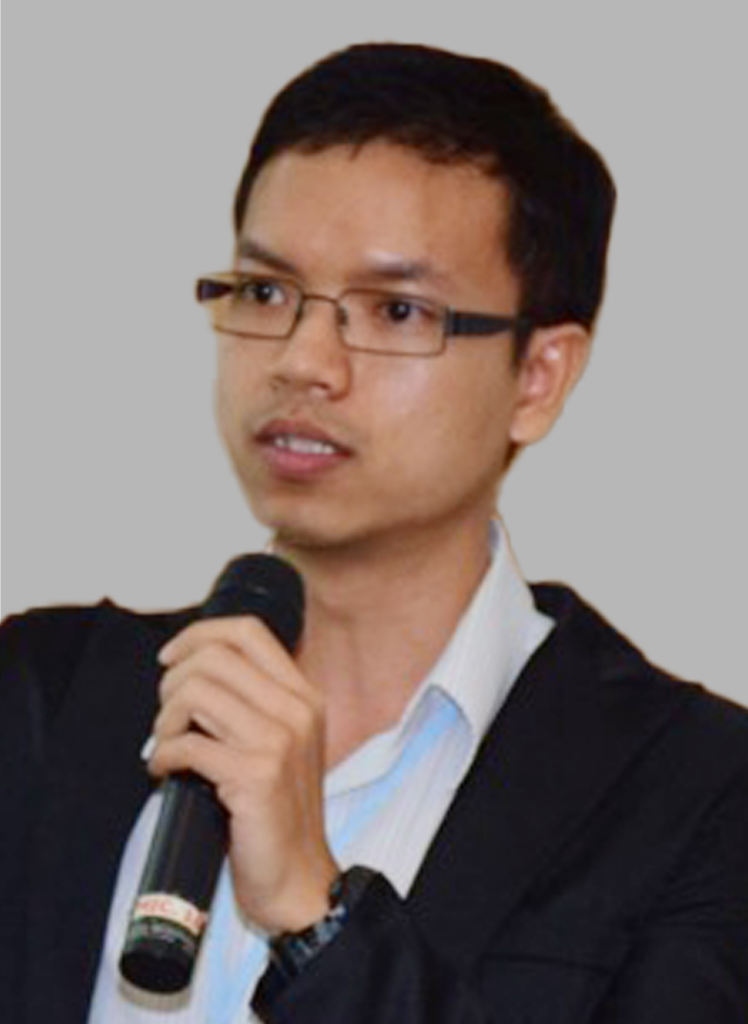
Dr. Thapakron Pulampong
Synchrotron Light Research Institute, Thailand
Title: SPS-II Design update
The Siam Photon Source (SPS) has delivered synchrotron radiation to users for over a decade, supporting the growth of a vibrant scientific community in Thailand and Southeast Asia. To meet increasing demand, a new 3 GeV light source, Siam Photon Source II (SPS-II), is under development. Utilizing a Double-Triple Bend Achromat (DTBA) lattice, SPS-II is a fourth-generation synchrotron facility with a ring circumference of 327.5 meters. The design doubles the number of straight sections and achieves a natural emittance of 0.97 nm·rad, enabling high productivity and excellent photon beam quality. In its initial phase, SPS-II will operate seven beamlines to support a broad range of synchrotron radiation applications. SPS-II featuring high-energy, high-brightness will become a key facility for advanced scientific and technological research in the region. The latest design update and development employing an RF frequency of 500 MHz will be presented.
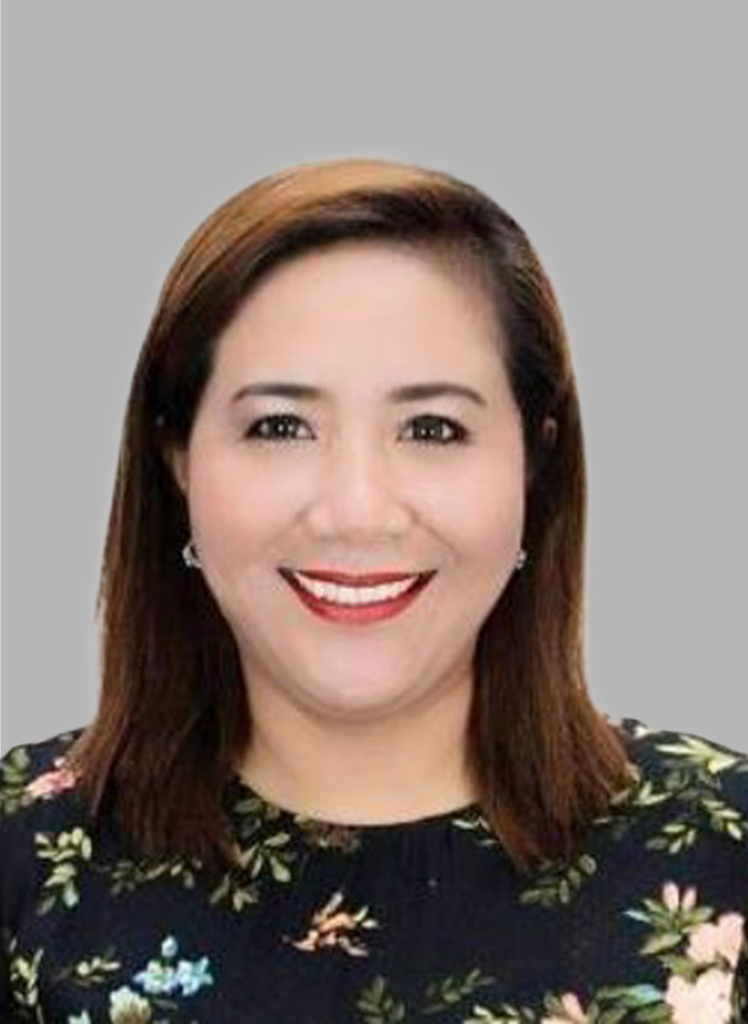
Assoc. Prof. Siriyaporn Sangaroon
Mahasarakham University, Thailand
Title: Characterization of Scintillation Detectors for Fusion Neutron Spectroscopy Across A Wide Energy Range
Scintillation detectors play a critical role in neutron spectroscopy, particularly in the context of plasma fusion research, as neutron spectroscopy provides information on neutron energy spectra, allows for the separation of thermal and beam-plasma contributions, and offers a clear and direct measurement of the temperature and velocity distribution of the fuel ions. This study focuses on the characterization of various scintillation detectors, including conventional liquid scintillation detector, CLYC7 (Cs27LiYCl6:Ce) scintillation detector, and newly developed pure LaCl3 scintillation detector, used for fast-neutron detection in plasma fusion environments. The analysis covers a wide range of neutron energies, tested at the Fast Neutron Laboratory (FNL) at Tohoku University and the Intense 14 MeV Neutron Source Facility (OKTAVIAN) at Osaka University, Japan. The evaluation encompasses both experimental and simulation-based assessments of their response functions and energy resolution. Key detector capabilities were assessed for their applicability in fusion diagnostics, with detailed evaluations of pulse shape discrimination capabilities and neutron-gamma-ray separation performance. This work highlights the importance of precise characterization for advancing neutron spectrometry in fusion plasma research.
Session 6: Quantum Technology, Photonics, and Optics
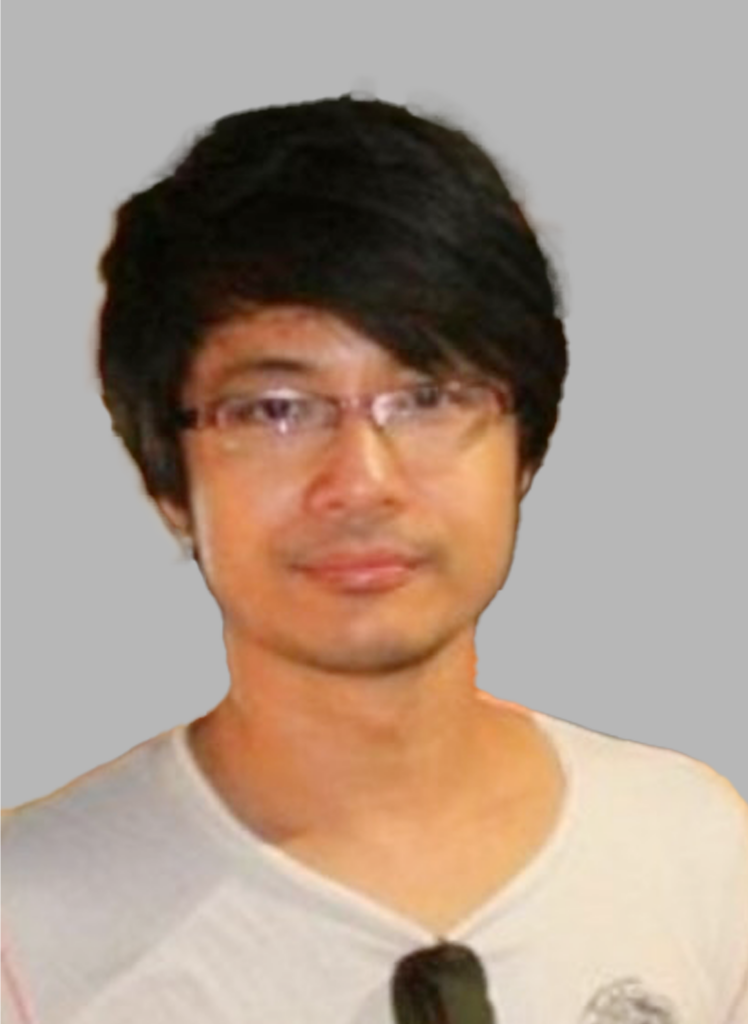
Assoc. Prof. Sarayut Deachapunya
Burapha University, Thailand
Title: Atomic magnetometer based on optical pumping and vortex beam source
We discuss an alternative method for measuring a magnetic field. The method is based on a common optical pumping with additional vortex beam source. The rubidium atoms in a thermal cell are used as atomic sensing, which is aligned in double-pass configuration. The Zeeman and the Faraday effect are involved in our method. The controlled optical vortex (OV) beam contained orbital angular momentum (OAM) state can activate and gain the sensitivity of the setup. Therefore, we can reach an accuracy of 100 pT with our recent demonstration. With this accuracy, our magnetometer has potential applications in geological surveys and related fields.
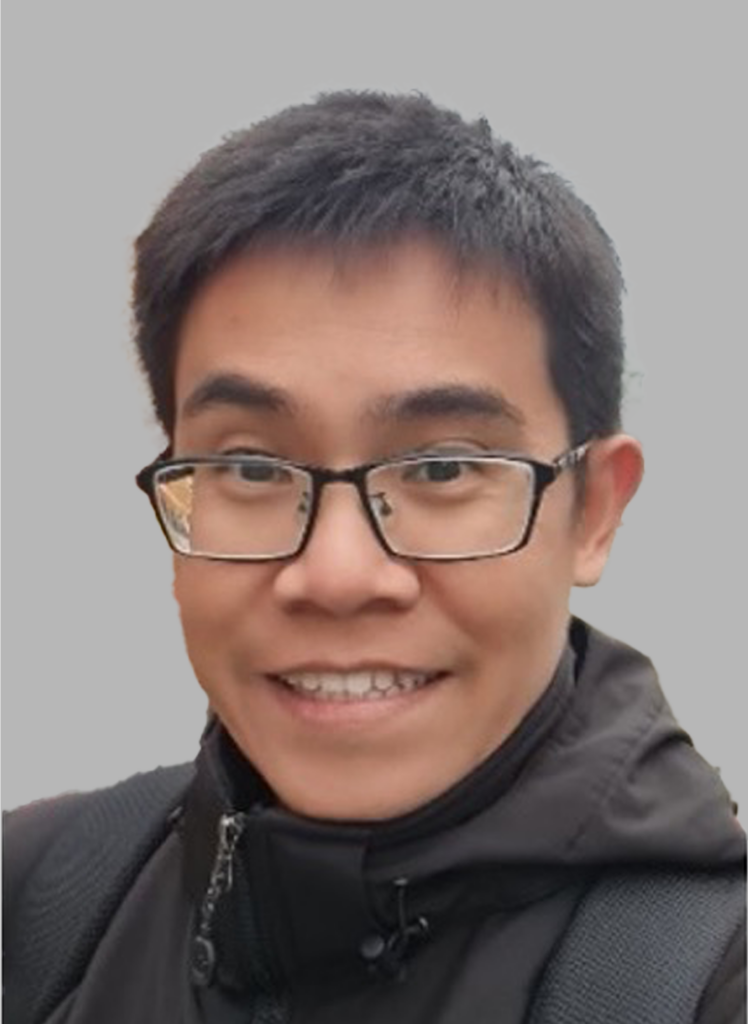
Dr. Piyaphat Poonthong
National Institute of Metrology, Thailand
Title: The Role of Quantum Technologies in Time and Frequency Metrology
precision and stability in timekeeping systems. This talk explores the pivotal role of quantum technologies in advancing metrology, focusing on the development and implementation of optical atomic clocks. In Thailand, the progress has been made toward establishing an Ytterbium ion optical clock system, supported by the design and characterization of a linear quadrupole trap optimized for Ytterbium-171 ions. The trapped ion’s characterization, including laser frequency optimization, trap frequency and excess micromotion measurement, is critical to achieving the precision required for next-generation time standards. Furthermore, this study highlights the dissemination of time signals to Thailand’s digital infrastructure, leveraging advanced synchronization technologies such as White Rabbit and Precision Time Protocol (PTP). These efforts ensure robust and reliable timekeeping for telecommunications, energy grids, and financial systems, addressing the growing demand for nanosecond-level accuracy in the digital economy.
Session 7: Energy Materials Physics
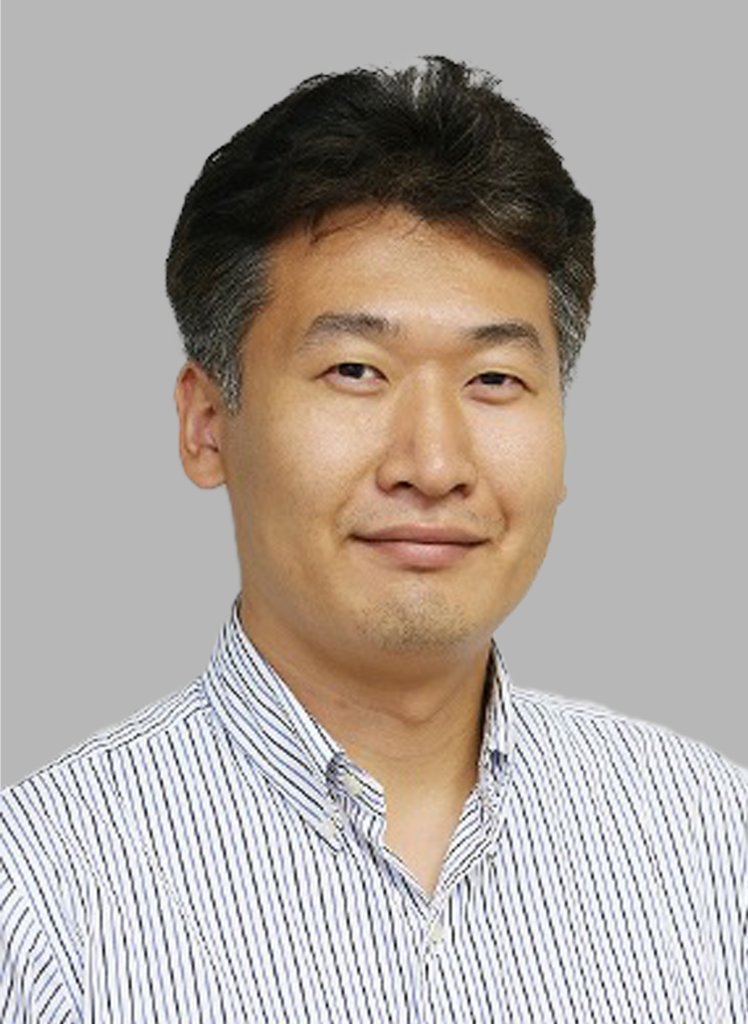
Prof. Seokwoo Jeon
Korea University, Korea
Title: Thermoelectric Metamaterials Realized by 2D/3D Nanofabrication
Thermoelectric materials have attracted attention as the implementation of various nanostructures has potential to improve both their performance and applicability. A traditional limitation of thermoelectric performance in bulk materials is the couplued nature of the individual parameters (for example, it is difficult to decrease thermal conductivity while maintaining electrical conductivity), but through the rational design of nanoscale structures, it is possible to decouple these relationships and greatly enhance the performance. For 2D strategies, newly investigated materials such as graphene, transition metal dichalcogenides, black phosphorus, etc. are attractive thanks to not only their unique thermoelectric properties, but also potential advantages in ease of processing, flexibility, and lack of rare or toxic constituent elements. For 3D strategies, the use of induced porosity, assembly of various nanostructures, and nanoscale lithography all offer specific advantages over bulk materials of the same chemical composition, most notably decreased thermal conductivity due to phonon scattering. Furthermore, incorporating low-dimensional materials into the 3D nanostructured materials can markedly improve thermoelectric performance by introducing additional phonon scattering and energy filtering at numerous heterogeneous interfaces. Specifically, the 3D nanostructured ZnO interfaced with lowly-oxidized graphene quantum dots demonstrates a significantly low thermal conductivity of 0.785 W m-1K-1 and a remarkably high Seebeck coefficient of 556 μV K-1 at 580 K, resulting in the highest figure of merit (ZT) value (0.486 at 580 K) ever reported for ZnO counterparts. In this presentation, a general summary of our group’s nanomaterial production methods and strategies for 2D and 3D thermoelectric materials will be provided, along with suggestions for future research directions of low temperature waste heat based on the observed trends.
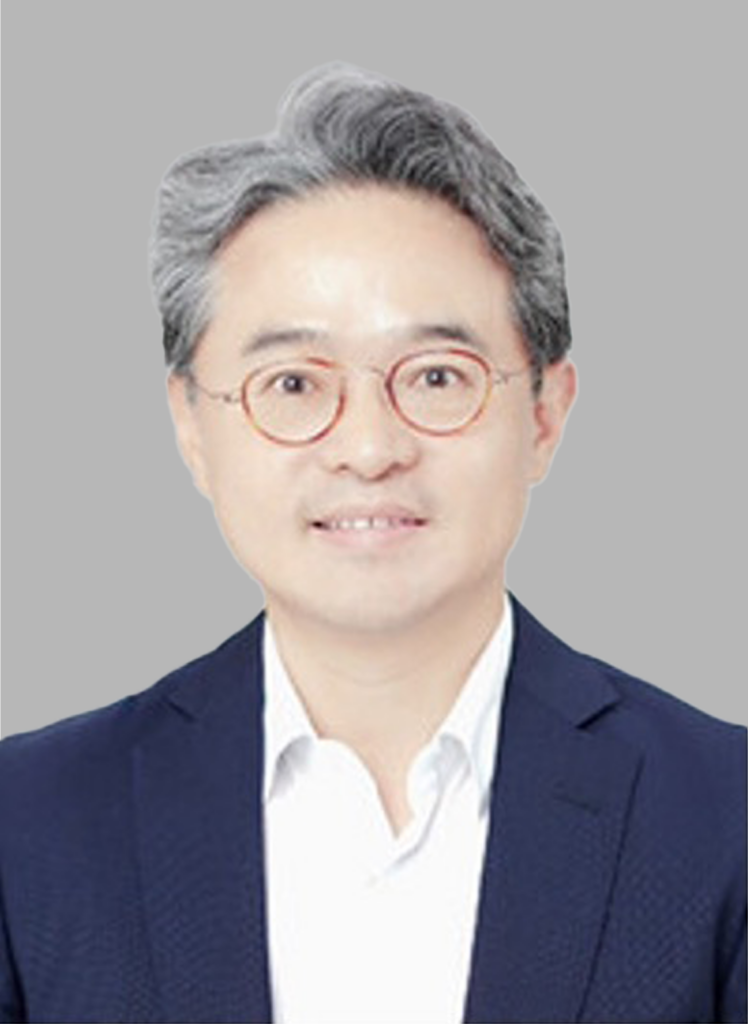
Prof.Hyun Suk Jung
Sungkyunkwan University, Korea
Title: Toward Sustainable Perovskite Solar Cells: Advancements in Recycling, Green Processing, and Commercial Viability
All-solid-state solar cells based on organometal trihalide perovskite absorbers have already achieved remarkable power conversion efficiencies (PCE) exceeding 26%, with further improvements expected to reach 27%. Research on perovskite solar cells is now progressing toward commercialization. However, several technical challenges must be addressed to enable their widespread adoption, including long-term stability, large-scale fabrication processes, and the mitigation of lead-related environmental concerns. Additionally, flexible perovskite solar cells utilizing plastic substrates have potential applications in niche markets, such as portable electronic chargers, electronic textiles, and large-scale industrial roofing. This talk will present our recent efforts to develop sustainable perovskite solar cells with minimal environmental impact. Specifically, we will introduce a recycling technology for perovskite solar cells, covering the regeneration of lead-containing perovskite layers and the recycling of gold electrodes and transparent conducting oxide glass. Furthermore, we propose a closed-loop recycling process for toxic solvents used in both the fabrication and recycling of perovskite solar cells. The implementation of eco-friendly, solvent-based green processing techniques for high-efficiency, sustainable perovskite solar cells will also be demonstrated. Moreover, we will discuss recent progress in the development of flexible perovskite modules for use in unmanned high-altitude air vehicles.
Session 8: Ion and Plasma Physics
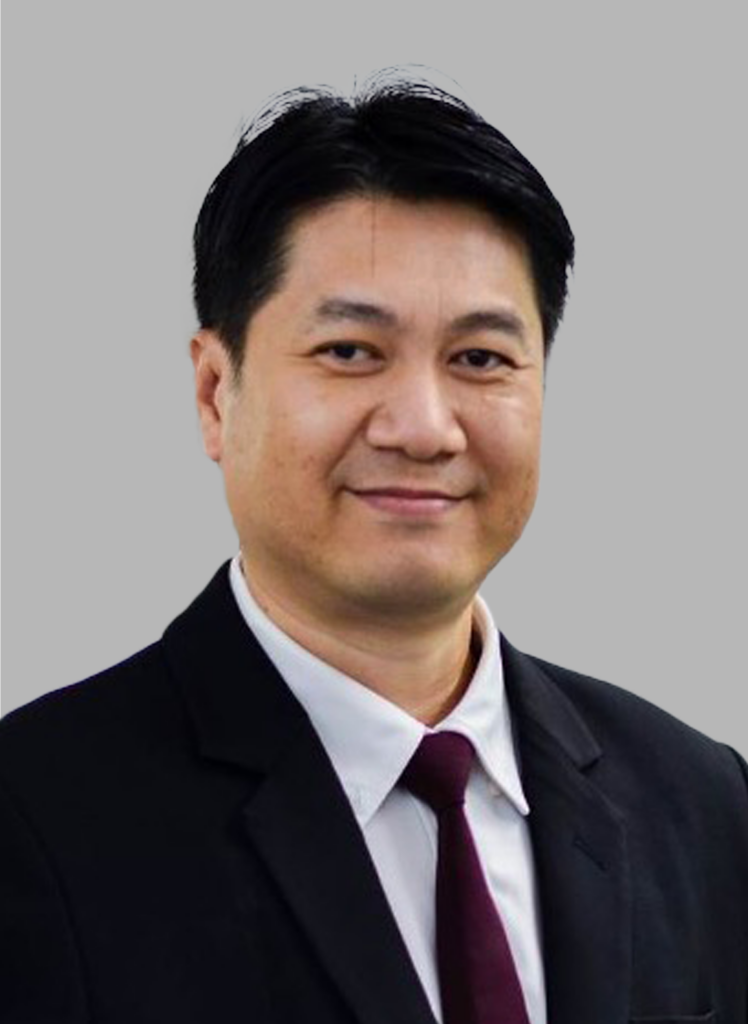
Asst. Prof. Phitsanu Poolcharuansin
Mahasarakham University, Thailand
Title: Characterization of Negative Ion Fluxes in Reactive Magnetron Sputtering using a Magnetic-Filtering Probe
Reactive magnetron sputtering is a widely utilized physical vapor deposition technique for synthesizing compound thin films, including oxides, nitrides, and carbides. However, the incorporation of reactive gases, such as oxygen, frequently induces process instabilities, hindering precise control over film deposition and properties. Understanding the behavior of charged species, particularly energetic negative ions generated during the process, is crucial for optimizing deposition conditions. This study investigates negative ion fluxes in an Ar/O2 reactive magnetron sputtering discharge using a Ti target, employing a specially designed magnetic-filtering probe. This probe operates on the principle of a retarding field analyzer but incorporates a magnetic filter at its entrance aperture to effectively suppress the flux of plasma electrons. This configuration permits the selective detection of unmagnetized negative ions possessing kinetic energies above 10 eV that reach the collector. Measurements conducted under oxide mode conditions indicate a significant negative ion flux. This flux is attributed primarily to O⁻ ions, originating potentially from both direct sputtering at the target surface and formation within the plasma volume. Notably, the results suggest that under specific discharge parameters, energetic O⁻ ions sputtered from the target surface represent the dominant contribution to the detected negative ion signal. These findings offer insights into negative ion dynamics within reactive sputtering plasmas, which are relevant to process stability and control.
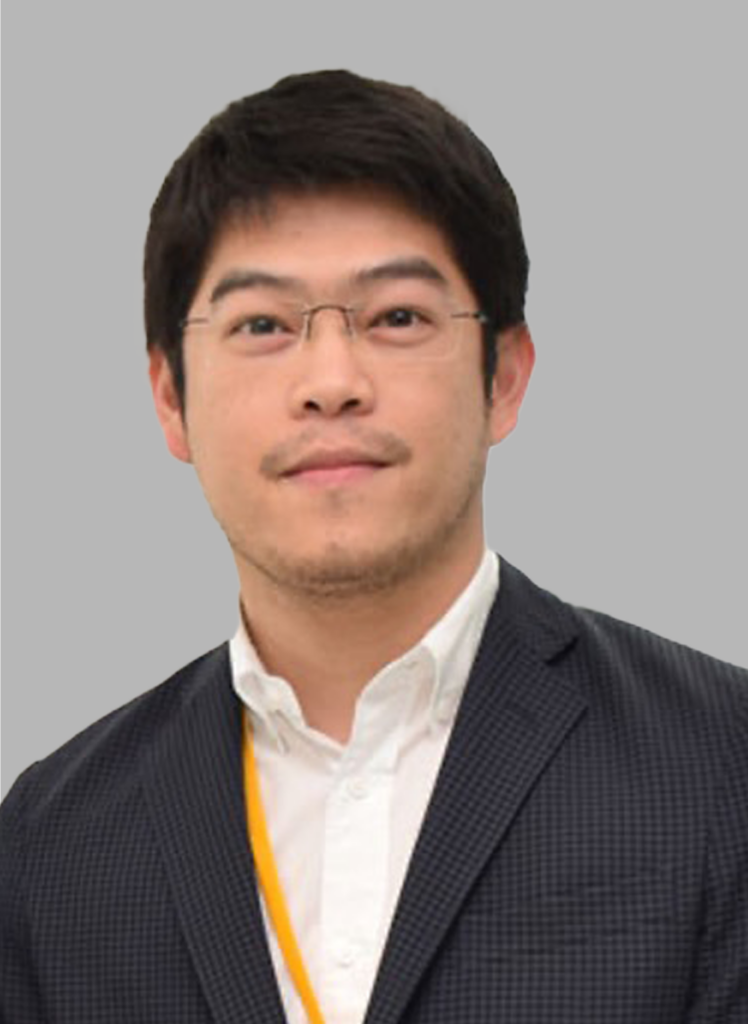
Dr.Sarayut Tunmee
Synchrotron Light Research Institute (Public Organization), Thailand
Title: The Achievement in Harnessing Plasma Technology for the Advanced Fabrication of Diamond-Like Carbon (DLC) Films Tailored to Industrial Applications
The Synchrotron Light Research Institute (SLRI) has initiated an in-house research project focused on the development of diamond-like carbon (DLC) films for industrial applications. The project aims to establish a DLC film deposition system utilizing the radio frequency plasma-enhanced chemical vapor deposition (RF-PECVD) method. The primary objective is to identify optimal deposition methods and parameters for applying DLC films in gas pipeline manufacturing, in collaboration with PTT Exploration and Production Public Company Limited (PTTEP). Plasma plays a critical role in the successful formation of DLC films, which are widely used across various industries, including cutting tools, petroleum, automotive, electronics, food packaging, and medical devices. With access to synchrotron radiation at SLRI, the near-edge X-ray absorption fine structure (NEXAFS) technique serves as the principal method for characterizing DLC films. This technique provides both qualitative and quantitative chemical information. One of the key outputs from NEXAFS analysis is the ratio of sp² to sp³ carbon bonds, which directly influences the mechanical and chemical properties of DLC films. By adjusting the deposition conditions, these properties can be tailored to meet the specific requirements of different industrial applications.
Session 9: Nanomaterials, Surface Science and Thin Film Technology
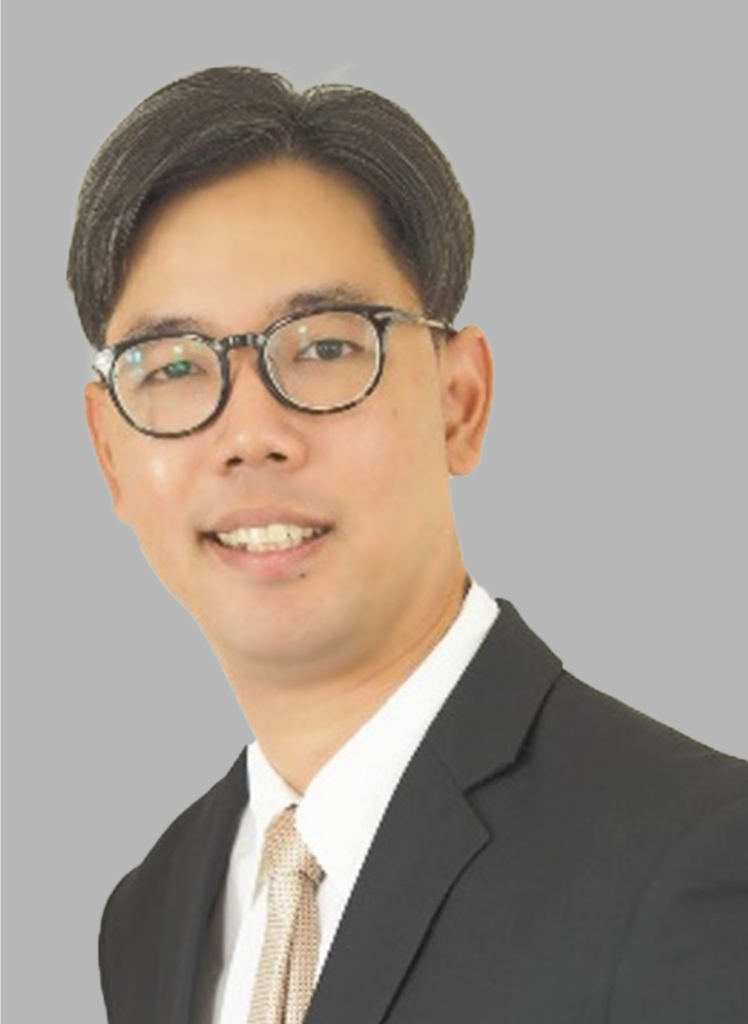
Dr. Mati Horprathum
National Electronics and Computer Technology Center (NECTEC), Thailand
Title: Single-Step Growth of 3D-MOS Nanostructured Thin Films for Emerging Device Applications
Three-dimensional metal oxide semiconductor (3D-MOS) nanostructured thin films have garnered significant interest in energy and sensing applications. Among scalable bottom-up fabrication methods, physical vapor deposition (PVD) combined with oblique angle deposition (OAD) and glancing angle deposition (GLAD) has emerged as an effective route for constructing large-area nanostructures. This study presents a single-step PVD process for fabricating 3D-MOS nanostructures tailored for multifunctional device applications. GLAD was used to fabricate nanostructured films for electrochromic devices and transparent conductive electrodes, and the influence of deposition parameters on morphology, composition, and performance was systematically evaluated. For electrical gas sensors, GLAD-derived 3D-MOS films demonstrated enhanced sensitivity due to their high surface area and chemical stability. Additionally, slanted nanocolumnar structures prepared via OAD enabled self-heating modulation, offering improved molecular interaction and faster response times. Integration with machine learning techniques enabled accurate identification of twelve volatile organic and inorganic compounds based on signal features from electrical.

Assoc. Prof. Wanichaya Mekprasart
King Mongkut’s Institute of Technology Ladkrabang, Thailand
Title: ZnO Nanostructures via Facile One-Pot Hydrothermal Process for Piezo-photocatalysis Applications
Zinc oxide (ZnO) is an attractive semiconductor material due to its numerous benefits, widespread usage, and environmental friendliness. Its remarkable properties are utilized in optical transparency with near UV emission, electronic devices, piezoelectric material, and antibacterial activity. Notably, the photocatalysis property of ZnO material is particularly popular due to effectively degrading organic pollutants and contaminants in water. This process involves light irradiation which generates electron-hole pairs leading to the formation of superoxide radicals and hydroxyl radicals¾key reactive species in photocatalytic reactions. However, this method often faces challenges due to the high charge recombination rate, resulting from inefficient charge separation and transport. To overcome these limitations, researchers have focused on enhancing photocatalytic performance by incorporating piezoelectric properties. This piezoelectric field generated by mechanical waves can induce deformation and create a distribution of the piezoelectric field resulting in driving carriers in opposite directions, significantly improving charge separation. Consequently, the combination of piezoelectric and photocatalytic properties known as piezo-photocatalysis can enhance pollutant degradation mechanisms. In a facile one-pot hydrothermal synthesis, it is hypothesized that different zinc salt precursors influence the formation of ZnO nanostructures. These variations arise from differences in growth rates associated with distinct crystallographic planes, which are affected by the acidic strength of the zinc salt precursors. The resulting differences in ZnO nanostructures can directly impact photocatalytic reactions, particularly those assisted by the piezoelectric effect. Therefore, the optimal structural designs for piezo-photocatalytic catalysts depend on achieving suitable morphologies, such as nanosphere, nanorod, and nanowire, which correspond to a high surface area. Furthermore, novel methods that are faster, more cost-expensive, and environmentally friendly should be prioritized for producing ZnO nanostructure tailored for piezo-photocatalytic applications.
Session 10: Physics Education and Innovation
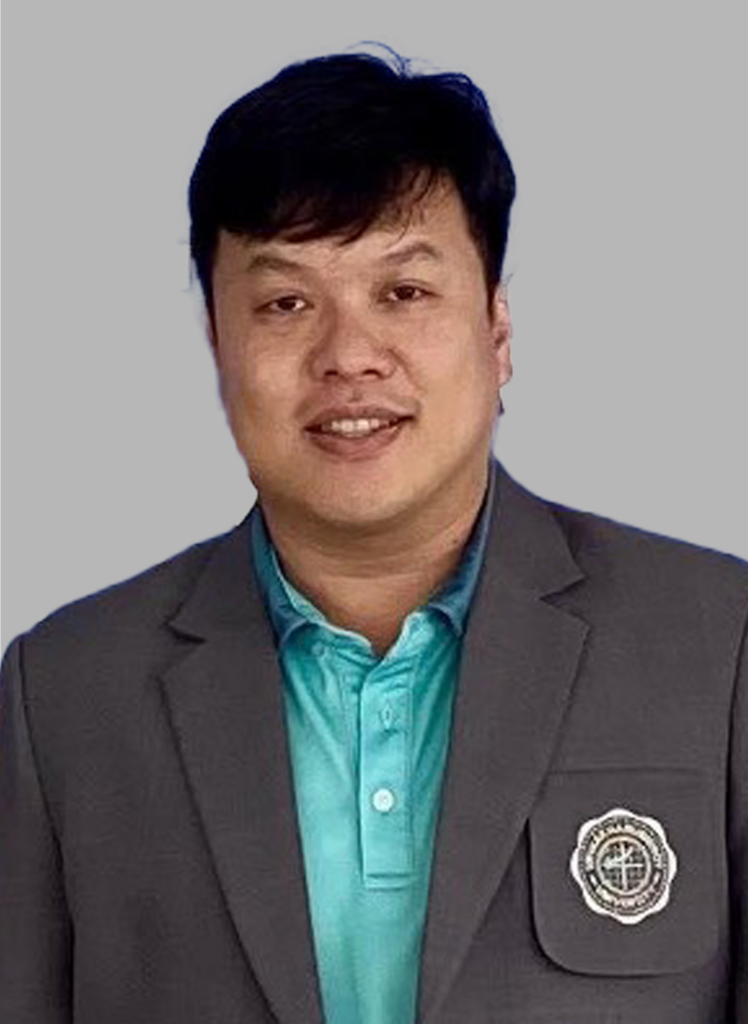
Assist. Prof. Chokchai Puttharugsa
Srinakharinwirot University, Thailand
Title: Application of smartphone in physics laboratory class
Smartphones play an important role in physics laboratory classes because of the smartphone’s embedded sensors. These include an accelerometer, a gyroscope, a magnetometer, a barometer, a camera, a speaker, and a microphone. These sensors can be read by using an appropriate application (app) for the iOS system, such as the SensorLog app, Phyphox app, and SensorKinetics app. In additionn, most students are familiar with using smartphones and apps. Recently, several articles proposed using a smartphone’s sensors (accelerometer and gyroscope) for recording experimental data in physics laboratory classes, especially on classical mechanics, e.g. analysis of free fall, rolling motion, circular motion, coupled and physical pendulum, the impulse-momentum relation, and rotation motion. Moreover, other sensors (magnetometer, microphone, speaker, and camera) were used to study electromagnetic, acoustic and optic phenomena. These sensors can simultaneously record experimental data with high accuracy. Thus, we can use a smartphone’s sensors to conduct physics experiments.
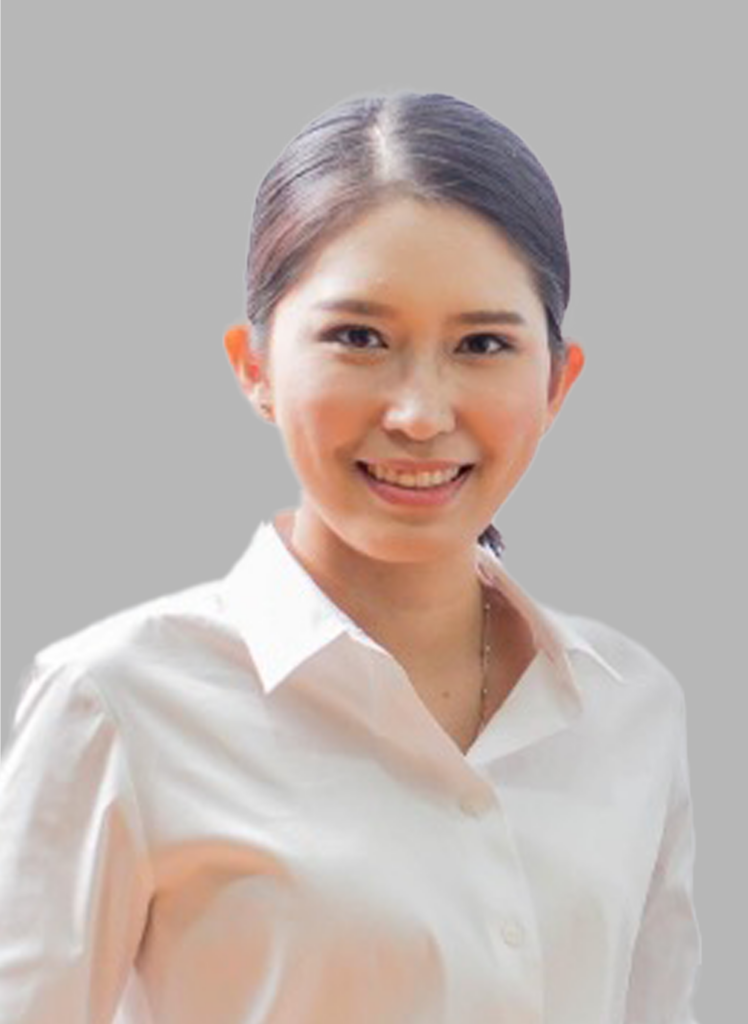
Assist. Prof. Monamorn Precharattana
Institute for Innovative Learning, Mahidol University, Thailand
Title: Enhancing Primary Educators’ Confidence and Skills in Coding Instruction through a Design Thinking Teacher Training Program in the Context of Urban Vegetable Gardening
In today’s rapidly evolving educational landscape, there is a strong demand for both teachers and students to develop coding skills. However, many schools have yet to implement coding education meaningfully. Key challenges include limited access to reliable technology and the internet, a lack of teacher training in coding, and insufficient confidence among teachers in their ability to teach coding effectively. Students also face external challenges in learning coding, such as unsuitable teaching methods, the use of text-based languages that overlook the importance of learning symbols and commands, the abstract nature of programming concepts, and difficulties with testing and debugging. Internal challenges include negative attitudes toward programming and low self-efficacy, leading to a lack of confidence in their coding abilities. To address these challenges, a comprehensive training program is essential. Such a program should not only provide hands-on coding experience but also boost teachers’ confidence and address any misconceptions they may have about coding. This research introduces a teacher development program for elementary educators to incorporate coding activities in their classrooms through a design thinking approach, using an urban vegetable garden as the learning context.
The program consists of four phases:
- Demonstration workshops where teachers practice coding activities related to urban gardening concepts,
- Lesson planning with expert coaching and feedback to integrate these coding activities into the context of urban gardening,
- Implementation of the lesson plans in classroom settings where students engage in coding projects connected to urban vegetable gardening, and
- Presentation of classroom experiences to peers, showcasing the application of coding in the urban gardening context.
This study evaluates the program’s effectiveness by assessing improvements in teachers’ coding knowledge, confidence in using coding for problem-solving with design thinking, and their ability to teach coding to students. The findings highlight the potential of structured support in empowering educators to integrate coding confidently and effectively into primary education within real-world contexts such as urban vegetable gardening.